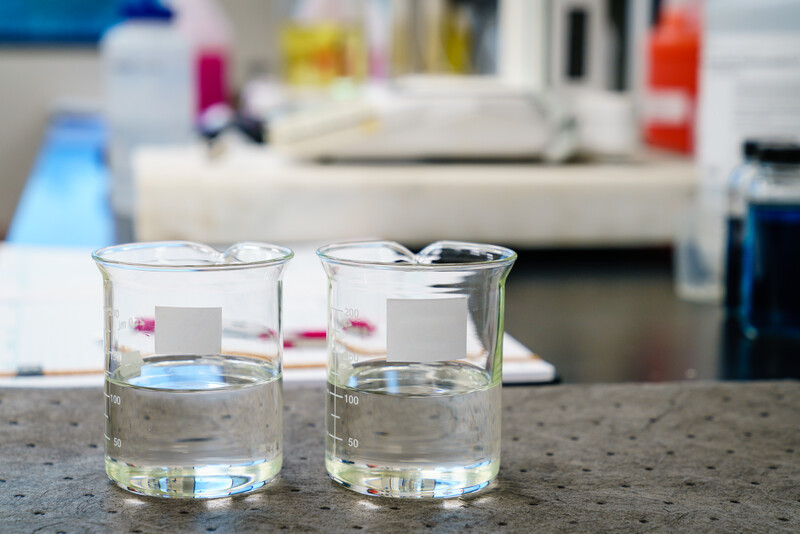Blogs + Announcements
Talking Preservatives with FWS
Talking Preservatives with FWS
Preservatives in cosmetics spark much debate. Yet, unpreserved or poorly preserved products pose serious health risks. This post explains why preservatives are essential, discusses contamination cases, and examines preservative types and related legalities. If you view preservatives as harmful, please read on with an open mind.
Why Use Preservatives in Cosmetic Products?
Ensuring Safety
Preservatives keep cosmetics safe. Even in sterile manufacturing environments, once water enters a formula, microbial growth becomes inevitable. Consider your bathroom: every time you use a product, you introduce new microbes. Without preservatives, these interactions can lead to contamination, making products unsafe.
Microbial Threats
Various harmful microbes can grow in unpreserved products, including:
- Pseudomonas sp.: Common in hospitals, causing infections.
- Acinetobacter sp.: Life-threatening for immunocompromised individuals.
- Klebsiella: Causes pneumonia.
- Staphylococcus aureus: Leads to Staph infections.
- Candida sp.: Causes thrush or systemic infections with high mortality rates.
- Aspergillus sp.: Produces the toxin aflatoxin.
Natural Products and Preservation
Higher Risk of Contamination
Natural products often have more bioavailable nutrients, fostering bacterial growth. Despite consumer preferences for ‘preservative-free’ natural products, these can pose significant health risks, especially for those with compromised immune systems.
The Consequences of Poor Preservation
Contamination Cases
- Barcelona, 2006: Five patients in critical condition due to infections from contaminated moisturizing lotion.
- King Abdulaziz University Hospital, 2009: Baby shampoo contamination led to over fifteen babies being infected, resulting in one death.
- Cosmetic Eye Products: Numerous cases of blindness from contaminated eyeliners and mascaras.
Do All Products Need Preservatives?
Water-Based Products
Products containing water, like lotions, creams, and shampoos, need preservatives. Even water-free products such as eyeliners and mascaras require preservatives due to high contamination risks.
Exceptions
Anhydrous products (e.g., balms, oil-based serums) and products with extreme pH levels may not need preservatives. Packaging can also influence preservative requirements; for instance, aerosols need fewer preservatives due to limited air exposure.
Preservative Options
Synthetic Preservatives
- Parabens: Effective at low doses but controversial due to potential health risks. Despite being weak estrogen mimics, no conclusive studies show harm at cosmetic levels.
- Formaldehyde Donors: Used as a paraben replacement but still raise safety concerns.
- Phenol Derivatives: Phenoxyethanol is a common paraben alternative, though it may cause skin allergies.
Natural Preservatives
- Generally less effective and more allergenic. Formulators must skillfully combine multiple natural preservatives for broad-spectrum protection.
Misleading “Preservative-Free” Claims
Consumer Confusion
“Preservative-free” claims are misleading and dangerous. Any water-based product without preservatives poses a serious health risk. Manufacturers often use loopholes or deceptive practices to make these claims.
Legal Implications
The EU is considering banning deceptive “free-from” marketing. The potential ban aims to protect consumers from misleading claims.
Conclusion
Proper preservation is critical for cosmetic safety. Misleading “preservative-free” claims endanger consumers and perpetuate misinformation. Understanding preservatives’ role helps consumers make safer choices.
For further discussion, comments, or concerns, feel free to reach out on our social media channels or via email.
References
- Adoamnei, E., et al. (2018). “Urinary concentrations of parabens and reproductive parameters in young men.” Science of The Total Environment, 621:201-209.
- Madani, T., et al. (2011). “Serratia marcescens-contaminated baby shampoo causing an outbreak among newborns.” J Hosp Infect., 78(1):16-9.

